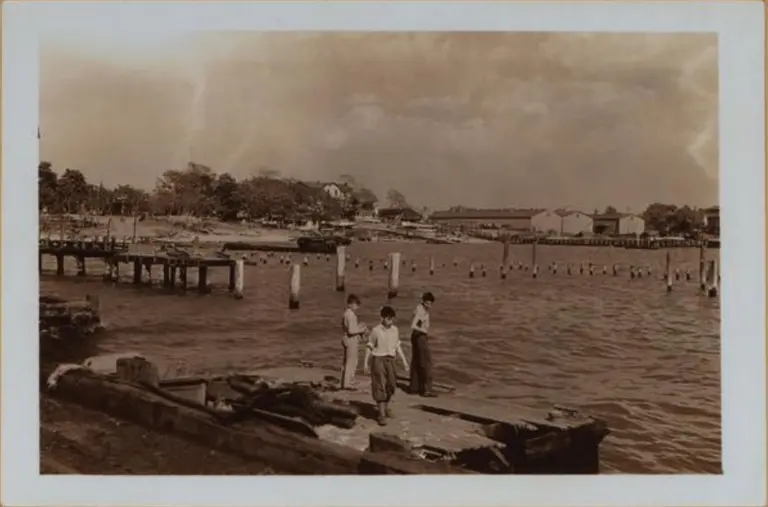
“The area seen in these views was later filled with sand from the Bay and the new circumferential highway.” 1930; via NYPL
Before the Belt: Looking at Brooklyn’s lost bay in Gravesend
See the Bay back in time

“The area seen in these views was later filled with sand from the Bay and the new circumferential highway.” 1930; via NYPL
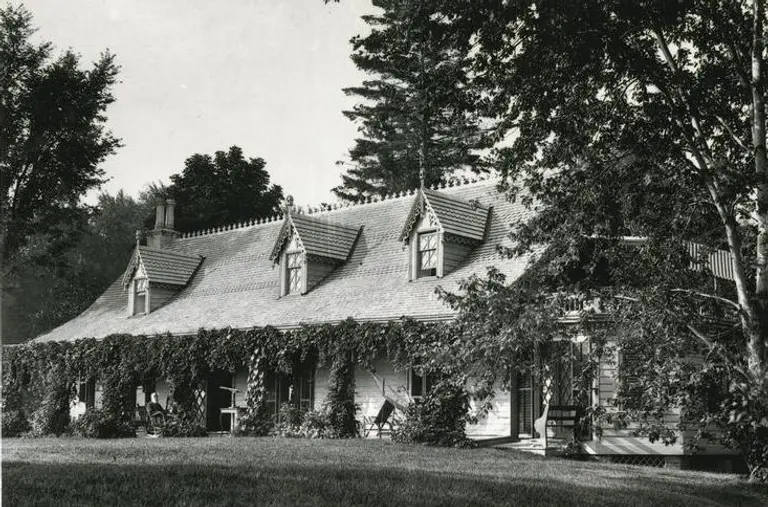
Clear Comfort, the Alice Austen House, photo by Alice Austen, via NYPL
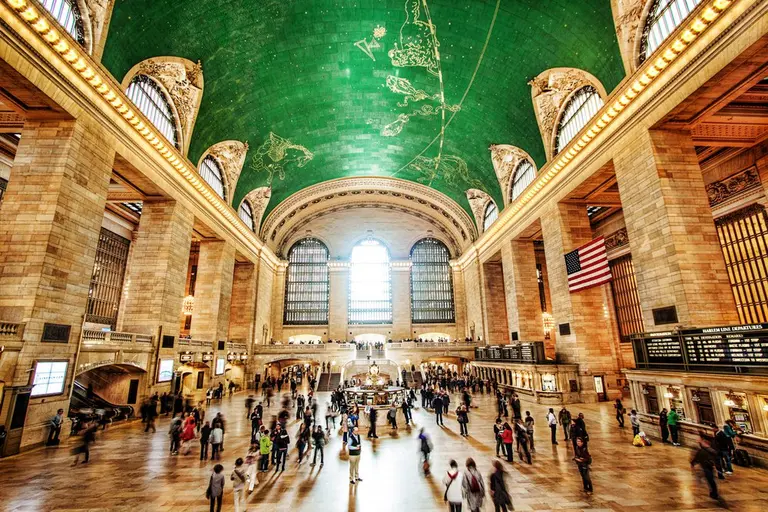
Grand Central Terminal Lobby via Wikipedia
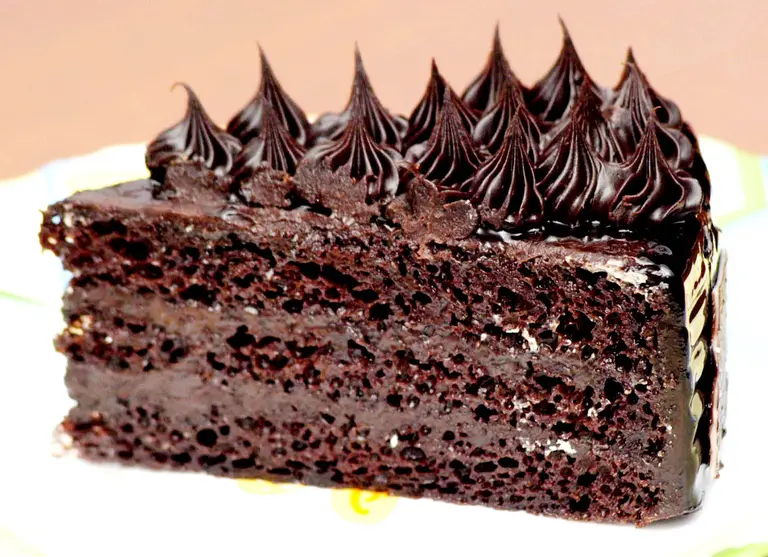
Photo via Kirti Poddar/Flickr
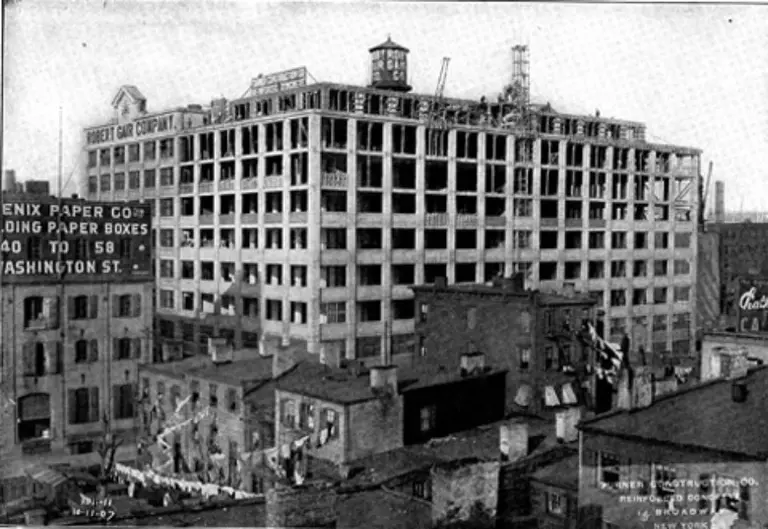
55 Washington Street in 1907, courtesy of the Skyscaper Museum
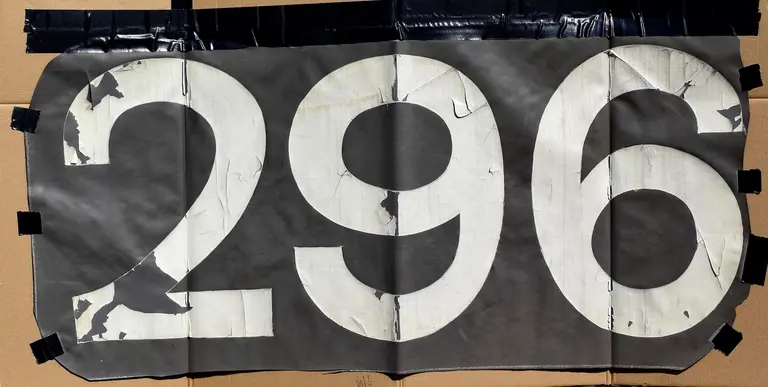
Photo via Clean Sweep Auctions
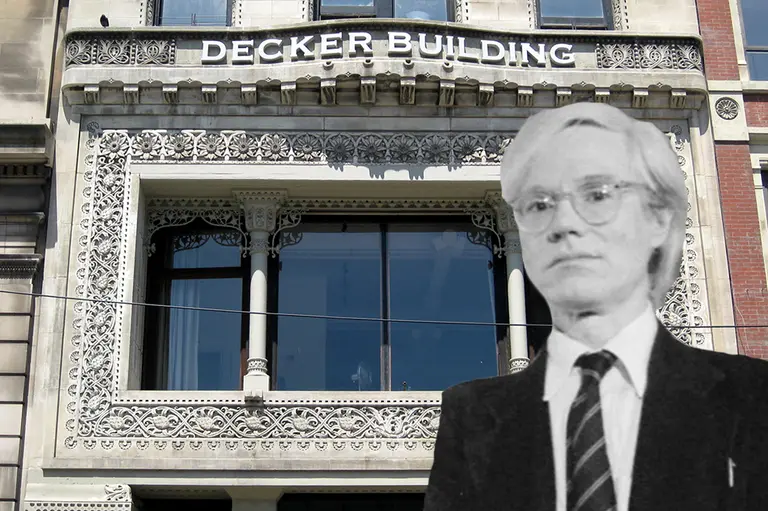
Photo of the Decker Building via Wally Gobetz on Flickr; photo of Andy Warhol via Wikimedia
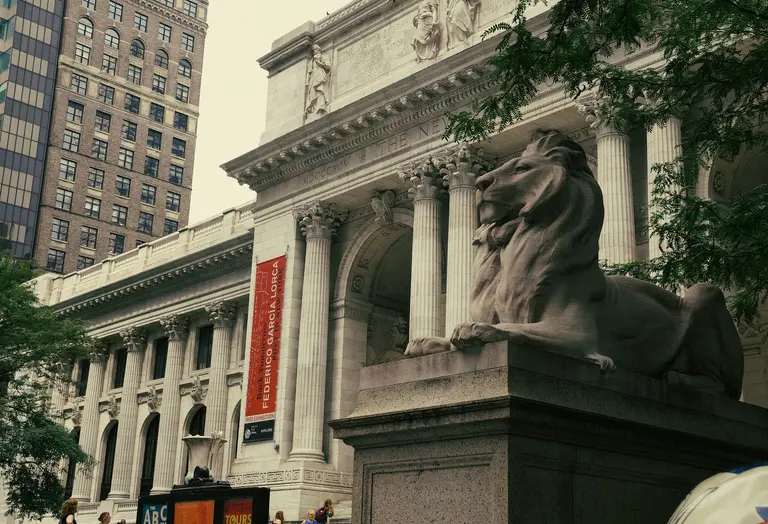
Photo via Jeffrey Zeldman/Flickr
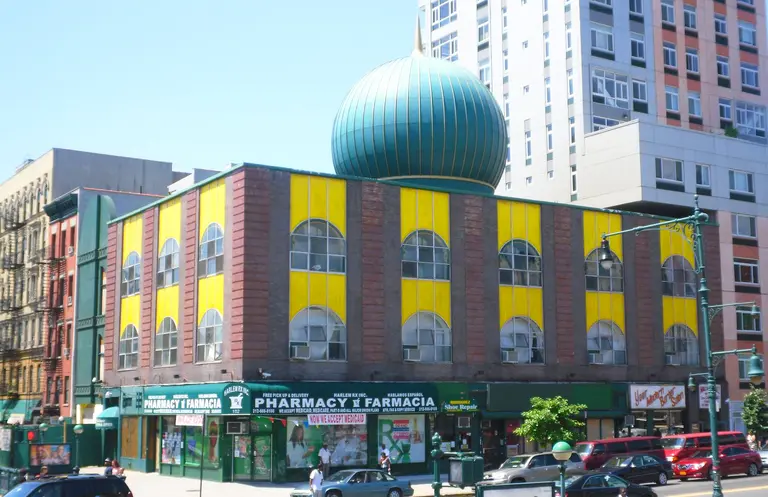
Photo via Wiki Commons
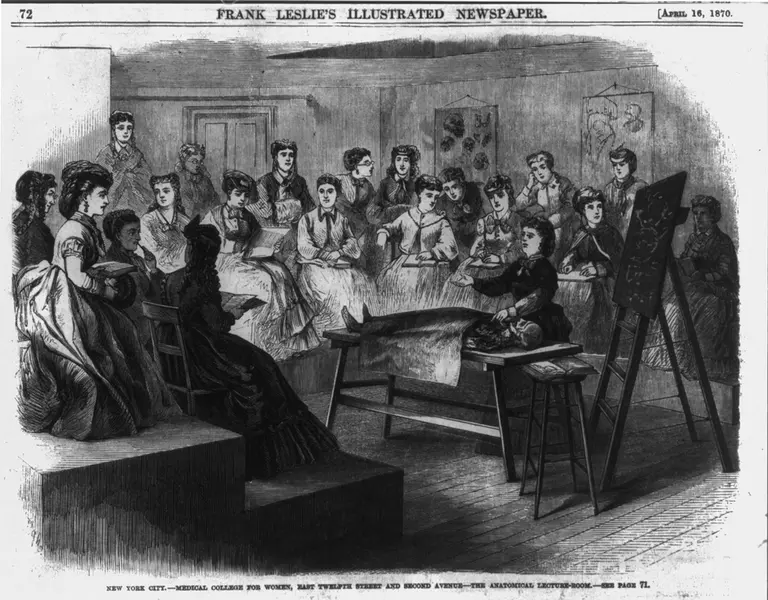
An 1870 newspaper illustration of Elizabeth Blackwell giving an anatomy lecture alongside a corpse at the Woman’s Medical College of New York Infirmary. Courtesy of the U.S. Library of Congress.